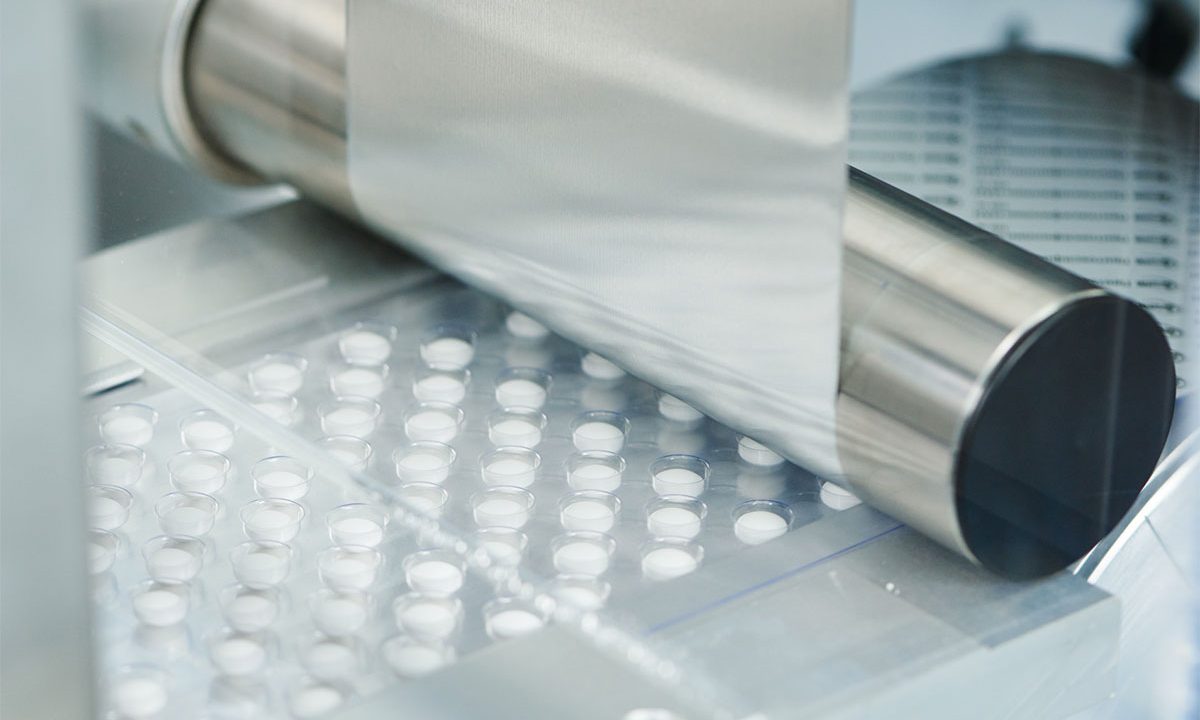The medical industry is a crucial one and can be a risky venture. The reason is the kind of products and services it provides to the patients. The pharmaceutical side of the industry is the most active industry and has an availability of vast markets both in the Eastern and Western world. With regulatory bodies controlling the products and keeping them safe for users, pharmaceutical products need to be free of defects.
In general, the “defect” shows up in pharmaceutical products as contaminants, short shelf life, spoiled goods, tampered packaging etc. A packaging defect, however, is the biggest concern. Because packaging of pharmaceutical products has to be efficient enough to keep the medicines away from any contact with environmental factors and human touch. Since most pharmaceutical products are volatile or effervescent to environmental factors like heat, moisture and microorganisms, they need A-grade containment.
Aluminium vs. Other Materials
In earlier days, there has been a lot of use of paper in the packaging of medicines and pills. But the permeable characteristic of paper makes it a worse containment material than common PVC. Blister packs have long been lidded using paper and polymer layers but even with the PVC layer, the material fails to increase shelf-life or keep moisture from seeping in. Also, paper and PVC have a higher stretching point which makes it difficult to remove the pill, crushing it in the process. This, in the case of capsules, is a bad choice, given its weak structure. So, when it comes to containment, metallic foils for blisters can always be relied on. And since steel cannot be used with materials that are ingestible, only aluminium passes as a non-reactive metal for pharmaceutical packaging.
What makes aluminium perfect for packaging?
For a long time, humanity has used aluminium for making cooking vessels and there are no cases of poisoning from aluminium. The metal is highly resistant to corrosion and can withstand changes in humidity and temperature. The anti-permeable quality of aluminium makes it efficient for packaging. It enables the packaging to keep out ultraviolet light, water vapour, oils, fats, oxygen and microorganisms.
Aluminium is used to make cookware for its non-toxic qualities. This metal keeps out most bacteria, doesn’t change the chemical composition of the product it holds, plus it never infuses its own taste into the product. Aluminium’s quality to keep the product unaltered and keeping out all light and heat makes it the perfect material to package pharmaceutical products. This is why it is used in most blister packaging and alu-alu blister machines to increase the shelf life of pills, capsules and effervescent tablets.
Benefits of Using Aluminium
Aluminium has a number of benefits when it is used to pack highly volatile materials such as pharmaceutical drugs.
Properties
The natural properties of aluminium make it a great containment metal for consumables. It creates the right barrier between environmental factors and products.
Light Weight
Aluminium is a metal that is light in weight while being highly durable. It has a density of 2.70g/cubic cm which is very low compared to iron/steel which is 7.86g/cubic cm. This makes the metal easier to use and mould for packing operation while providing strength that is close to steel. The lightweight makes it easier to transport and handle in big batches.
Malleable
Aluminium is the second most malleable and sixth most ductile metal. This property enables it to be easily cast into any shape and thickness. Especially when it has to be layered as a thin lid in an alu-alu blister machine, aluminium’s malleability gives it a high stretching capacity to be used with pressure and temperature. Hence, there are low chances of any cracks. It doesn’t matter if you’re using a cold-forming alu-alu blister machine, or a heat sealing PVC blister pack with alu foil, aluminium will instantly take shape without altering its chemical composition. It can be used in heavy machinery because of its non-spark property which allows faster compression as compared to any other metal.
Impermeable
Permeability is the most dreaded factor in pharmaceutical packaging. Aluminium provides perfect sealing without any chances of microfractures in the lid. It is a material that can resist regular environmental temperature making it the best choice for packing material that can be destroyed with even a tiny bit of moisture or vapour.
Recyclable
With rising concerns for the planet and the need for sustainability in all industries, aluminium becomes the best packaging material. It is highly recyclable and doesn’t lose mass to corrosion or oxidation like steel. It gives the metal a long life and makes it great for recycling and reusing in the same industry. The melting point of aluminium is lower than steel making it use up less energy to melt and recycle.
The pharmaceutical industry needs to stand its side in the race of sustainable manufacturing and packaging. Aluminium packaging costs can be higher for the first few batches, but over a period of time the user satisfaction will bring back more returns and recyclability helps attain a sustainable cycle. With the right alu-alu blister machine, you can ensure less wastage of packaging material, to know more about aluminium packaging contact Accupack Engineering.



